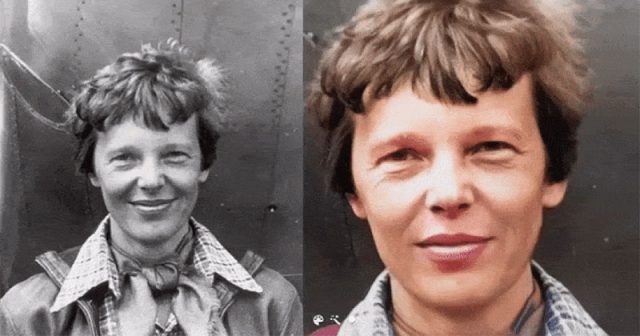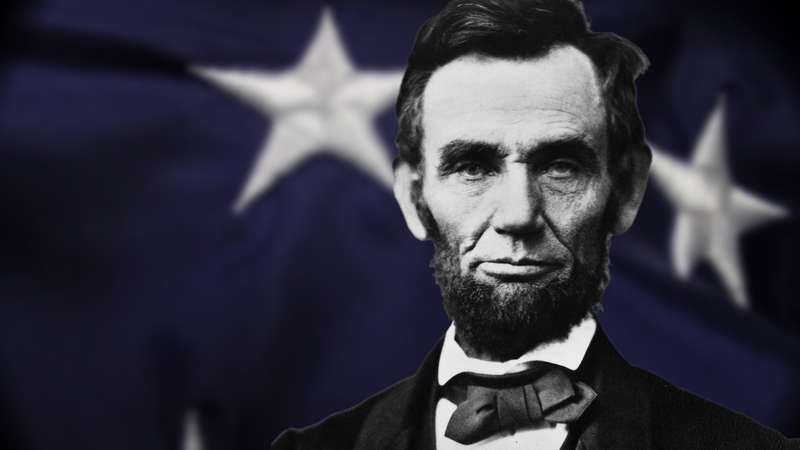Vintage photos and paintings are now viral sensations thanks to a game-changing AI app.
They say old portraits have eyes that follow you round the room. But nothing like this! ‘Deep Nostalgia’ from MyHeritage brings former family members to life. The technology is controversial but there are no shortage of people looking to explore its potential.
As Newsweek puts it, “anything with a face” could be used, to striking effect. How does it work? Artificial Intelligence and something called “deep learning” come together, blending real movement with static imagery.
What is deep learning? In partnership with facial recognition company D-ID, MyHeritage filmed the expressions of actual people. Algorithms were then used, training the machine to map certain looks to certain images. From this, a powerful illusion of movement is created.
Haven’t we always wanted to come face to face with Oscar Wilde? Now we can and see him blink! #MyHeritage #OscarWilde pic.twitter.com/xV8PgOE1E1
— Ian McKellen (@IanMcKellen) March 1, 2021
GANs, or Generative Adversarial Networks, are key to the process. They “drive each other to become better” write Live Science. One acts like a boss overseeing and refining the work of the other, which is busy producing the fakes.
This tech is associated with the headline-grabbing phenomenon “Deepfake”. Concerns were raised in recent years, after its face-stealing abilities were applied to both pornography and ID theft.
A high profile case of the latter involved Channel 4 in the UK. They produced a deepfake of the Queen giving an alternative Christmas message. The finished product was realistic enough to raise eyebrows.
Not that MyHeritage are encouraging mischief. For instance, speech isn’t part of the package. Beloved relatives – or anyone else – won’t be speaking from beyond the grave, meaning hi-jinks (or something worse) are off the table.
Kinks needed to be ironed out. The app isn’t 100% effective when it comes to resurrection. Deep Nostalgia “tends to be most effective when the subject is facing the camera” writes Live Science.
As MyHeritage themselves point out, the AI “needs to simulate parts that do not appear in the original photo”. If teeth or ears aren’t visible but have to make an appearance, the computer fills in the blanks. Hats and glasses are reportedly tricky to work with.
There are default settings for how the moving shots turn out. It’s mentioned that these settings can be adjusted. A free account must be set up to get started with the app. For more extensive fakery, subscriptions are required.
Should there be a group shot, Deep Nostalgia animates everyone. However the results can only be viewed one at a time. Be they black and white or color, the snaps can be processed. The company recommend colorizing photos too, via their products.
“My father was killed in Italy in the Battle of Ortona when I was just two years old. I have absolutely no memory of him and all I have is this #photo from before I was born. I was touched to see his moving face thanks to #DeepNostalgia!” – Francis Johns pic.twitter.com/TnVFa1dLXl
— MyHeritage (@MyHeritage) April 22, 2021
In an age without auto focus, some images may be blurry. So images are given the high resolution treatment and sharpened before reaching the app.
While urging potential customers to act responsibly, MyHeritage acknowledge worries over the technology. They write it is “hard to stay indifferent” with such emotive material, but stress the app is “intended for nostalgic use” only. Spreading the images across social media is advised.
That said, with a quick and easy way to make pictures move at people’s fingertips, the path has been deviated from. “The tech is also being used to animate artwork, statues and photos of ancestors” write Smithsonian Magazine.

Since last month’s release millions have created their own throwback experience. Actor Sir Ian McKellen reanimated famed playwright Oscar Wilde. MyHeritage aimed a little higher, bringing Abraham Lincoln back from the dead for promotional purposes.
Less well received was a 19th century image of Frederick Douglass. The anti-slavery campaigner posed in a particular way that reflected the power of still imagery, according to Smithsonian Magazine. Some commentators argue that animating Douglass detracts from his intentions.
Another Article From Us: This Alphabetical “Missing Link” Explains How Words Developed
Whether praised or pilloried, Deep Nostalgia is opening the public’s eyes to the possibilities of AI. Where things go from here is an image some don’t want to visualize…
